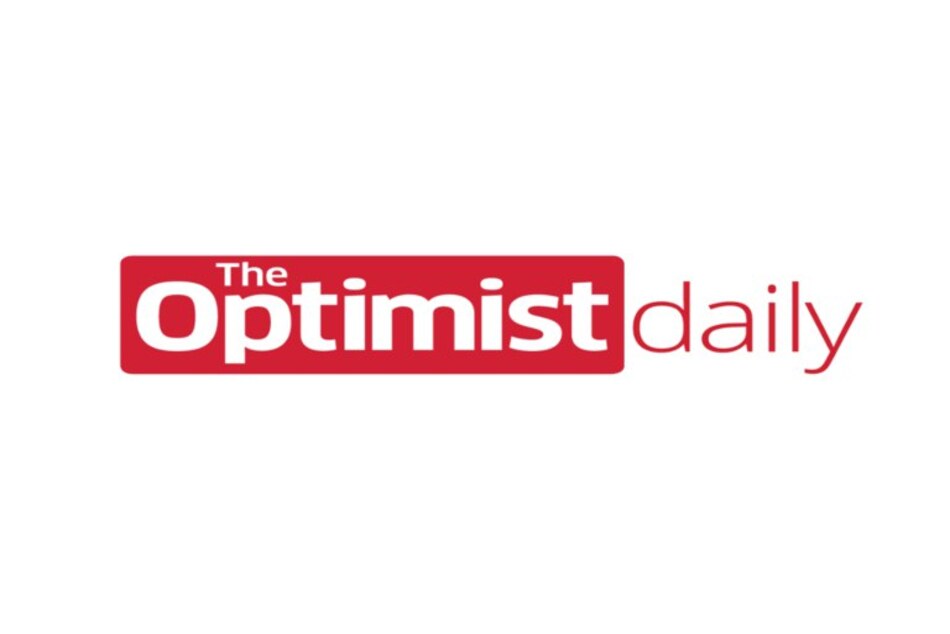Concentrated poverty has long been a problem in urban centers and parts of the rural South, but these days it has spread across many parts of the country.
Sadly enough, regional inequality has deepened and the middle class has declined—the result of a long history of class and racial division, and policies both underfunded and ill-advised. As a result, today, black entrepreneurs are much less likely than white entrepreneurs to receive venture financing or small business loans, and when they do, the amount ends up being lower. Black-owned businesses average much less revenue than their white counterparts—$58,000 versus $546,000.
This is not just bad for distressed communities; it hurts the whole economy. It’s clear we need a different approach to helping financially distressed communities grow. That’s where a new collaborative project comes in, which combines work from Drexel University, investment platform Blueprint Local, and LA Mayor’s Eric Garcetti’s Accelerator for America. Together, they have developed a new model to help cities engage in effective community wealth-building.
The model calls for shifting from an older model of community development to a new paradigm of community wealth-building. The old model was characterized by top-down federal programs that often overlooked both neighborhood problems and neighborhood assets. In other words, little attention was paid to the most productive actors of an area such as universities and medical centers that can help a community become stronger financially. To help you get a better understanding of this new model for community wealth-building, here are its four main pillars.
Growing individual assets in distressed places: Upgrading workforce skills can enable local residents to buy homes and invest in their own businesses.
Growing collective neighborhood-based assets: Strengthening local businesses, institutions and community resources adds resiliency to the neighborhood.
Improving access to private capital: Communities should look to attract investors with social purpose, fair and transparent terms, the willingness to make a long-term commitment, and reasonable expectations about financial returns on their investment.
Enhancing inclusion: Ensuring that all residents have the opportunity to participate in the economy and share in the wealth that is created.











